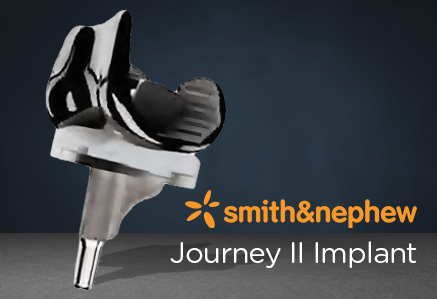Osteonecrosis of the Knee
A relatively common cause of knee pain occurs when a segment of bone loses its blood supply and begins to die. This condition is called osteonecrosis, which literally means “bone death.” More than 3 times as many women as men are affected; most are over the age of 60 years.
Cause
In the knee, the knobby portion of the thighbone on the inside of the knee (the medial femoral condyle) is most often affected. However, osteonecrosis of the knee may also occur on the outside of the knee (the lateral femoral condyle) or on the flat top of the lower leg bone (tibial plateau).
The exact cause of the osteonecrosis of the knee is not yet known. One theory is that a stress fracture, combined with a specific activity or trauma, results in an altered blood supply to the bone. Another theory supposes that a build-up of fluid within the bone puts pressure on blood vessels and diminishes circulation.
Osteonecrosis of the knee is also associated with certain conditions and treatments, such as obesity, sickle cell anemia, lupus, kidney transplants, and steroid therapy. Steroid-induced osteonecrosis frequently affects multiple joints and is usually seen in young patients.
Regardless of the cause, if the disease is not identified and treated early, it can develop into severe osteoarthritis.
Symptoms
- Sudden pain on the inside of the knee, perhaps triggered by a specific activity or minor injury
- Increased pain at night and with activity
- Swelling over the front and inside of the knee
- Heightened sensitivity to touch in the area
- Limited motion due to pain
Diagnosis
Physical Examination & Patient History
During your first visit, your doctor will talk to you about your symptoms and medical history. During the physical examination, your doctor will check all the structures of your injury, and compare them to your non-injured anatomy. Most injuries can be diagnosed with a thorough physical examination.
Imaging Tests
Imaging Tests Other tests which may help your doctor confirm your diagnosis include:
X-rays. Although they will not show any injury, x-rays can show whether the injury is associated with a broken bone.
Magnetic resonance imaging (MRI) scan. If your injury requires an MRI, this study is utilized to create a better image of soft tissues injuries. However, an MRI may not be required for your particular injury circumstance and will be ordered based on a thorough examination by your Peninsula Bone & Joint Clinic Orthopedic physician.
Treatment Options
Non-Surgical
In the early stages of the disease, treatment is not surgical. If the affected area is small, this treatment may be all that is needed.
Options include:
- Medications to reduce the pain
- A brace to relieve pressure on the joint surface
- A conditioning program with exercises to strengthen your thigh muscles
- Activity modifications to reduce knee pain
- Surgical Treatment
If more than half of the bone surface is affected, you may need surgical treatment. Several different procedures may be used to treat osteonecrosis of the knee.
Surgical
- Arthroscopic cleansing (debridement) of the join
- Drilling to reduce pressure on the bone surface
- Procedures to shift weightbearing away from the affected area
- Unicompartmental or total knee replacement
Your orthopaedic surgeon will discuss the options with you and make a recommendation based on your individual situation.
Conservative Treatment Options
Treatment Highlights






